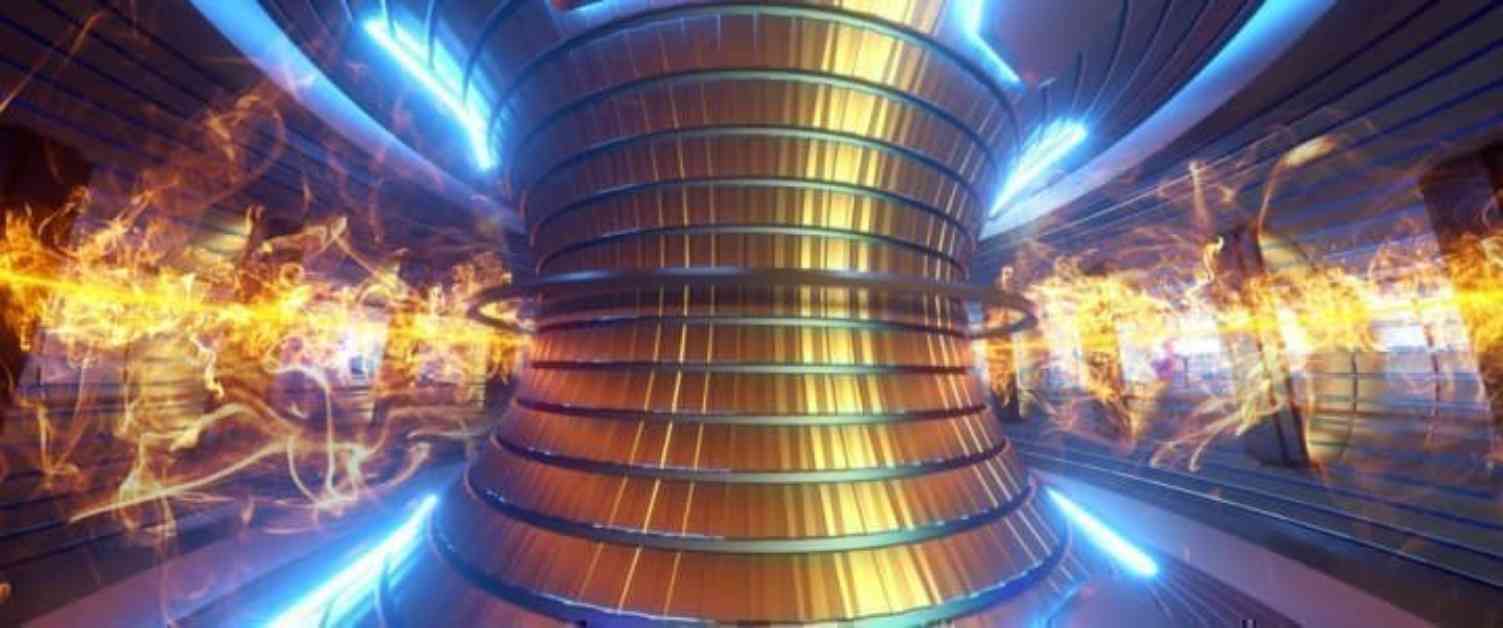Mayonnaise: The Surprising Ingredient Advancing Nuclear Fusion Research
Mayonnaise, a condiment found in many kitchens, is now playing a crucial role in advancing nuclear fusion research. Scientists have discovered that when compressed and heated, mayonnaise exhibits properties similar to plasma, which is essential for understanding fusion reactions. This unexpected connection between a common condiment and cutting-edge scientific research is shedding light on the complexities of achieving nuclear fusion, a process that could revolutionize clean energy production.
Understanding Nuclear Fusion and its Challenges
Nuclear fusion is the process that powers the sun and stars, where light atoms like hydrogen fuse to form heavier elements like helium, releasing vast amounts of energy in the process. Unlike nuclear fission, which is currently used in nuclear power plants and produces radioactive waste, nuclear fusion offers a cleaner and more sustainable energy source. However, achieving controlled fusion on Earth has been a significant challenge due to the extreme conditions required for the process to occur.
Inertial confinement fusion is one approach to initiating nuclear fusion reactions, but it faces several challenges, including the instability of the plasma state. Plasma is a state of matter where atoms are ionized, creating a hot and electrically conductive gas. The rapid compression and heating of capsules containing hydrogen isotopes can lead to instabilities in the plasma, hindering the progress of fusion research.
Mayonnaise as a Surrogate for Plasma Studies
Researchers at Lehigh University have turned to mayonnaise as a surrogate for studying the behavior of plasma in fusion reactions. By subjecting mayonnaise to pressure gradients, scientists can observe how it transitions from a solid-like state to a flowing state, mimicking the properties of plasma under extreme conditions. This unconventional approach has provided valuable insights into the challenges of maintaining structural integrity in fusion capsules, a critical aspect of inertial confinement fusion.
Arindam Banerjee, the Paul B. Reinhold Professor of Mechanical Engineering and Mechanics at Lehigh University, explains the rationale behind using mayonnaise in fusion research. He notes that mayonnaise behaves like a solid under normal conditions but exhibits fluid-like behavior under pressure gradients, making it an ideal analog for studying plasma dynamics. Banerjee and his team have been conducting experiments with mayonnaise for over five years, publishing their findings in scientific journals to contribute to the collective knowledge of fusion research.
Recent Breakthroughs and Future Prospects
While the use of mayonnaise in fusion research may seem unconventional, recent breakthroughs in the field have renewed optimism for the future of nuclear fusion. In late 2022, Lawrence Livermore National Laboratory achieved fusion ignition in a laboratory setting for the first time, marking a significant milestone in fusion research. The successful demonstration of fusion ignition has spurred further research efforts in the United States and other countries, with China also investing in fusion technology development through projects like the Comprehensive Research Facility for Fusion Technology (CRAFT).
Private fusion companies like Commonwealth Fusion Systems (CFS) are also making strides in commercializing fusion power, with support from government initiatives like the U.S. Administration’s Milestone program. These collaborative efforts among researchers, government agencies, and private companies are driving progress towards making fusion energy a viable and sustainable source of power in the coming decades.
As scientists continue to explore the potential of nuclear fusion and overcome technical challenges through innovative approaches like studying mayonnaise, the dream of harnessing the power of the sun on Earth is becoming increasingly achievable. The fusion of traditional scientific research with unconventional methods may pave the way for a future powered by clean, limitless energy derived from nuclear fusion.













